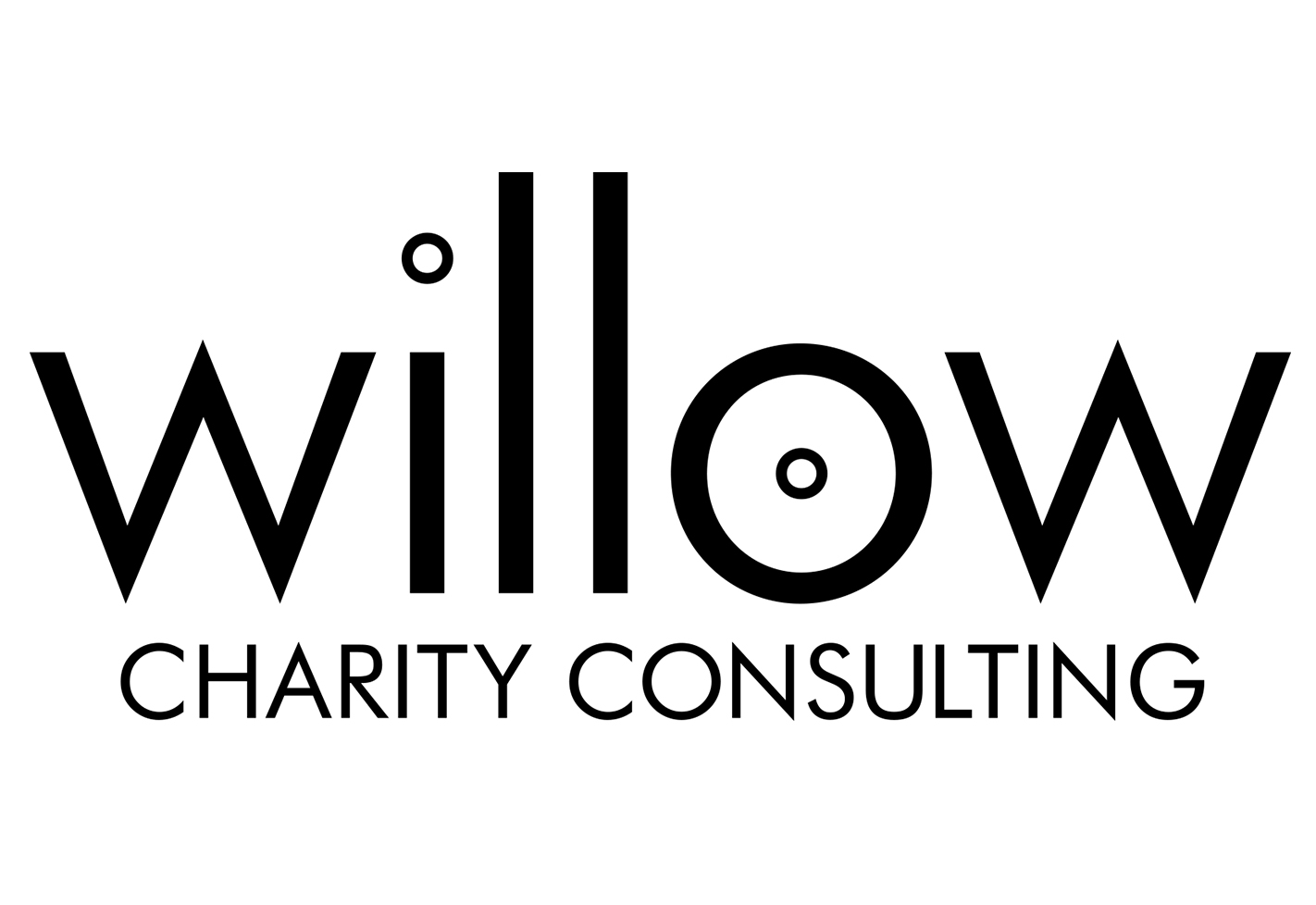Health Check Series Part 5
Recent vitriolic pieces in the media (such as here and here) have demonstrated something that most people involved with small and medium–sized charities already know: there is often tension between the Board of Trustees and the CEO / staff.
These tensions can be damaging to the charity’s cause and the motivation and well-being of employees and Trustees alike.
But it doesn’t have to be this way.
In my view, the challenge for many smaller organisations arises from changes that often take place in the role of the Board as a charity grows. In the early stages, Boards are likely to be operationally-focussed and hands-on, but this steps back to a focus on strategy and governance once a staff team is in place.
The process from moving from one phase to another can cause significant ‘growing pains’ for all concerned. However, with commitment and goodwill from both Trustees and executive management, this process can be managed effectively and smoothly.
While there are many areas of charitable governance that are relevant, today I am highlighting three ways that the Board and management can ensure that this process is positive and constructive for the charity.
-
Ensuring that Trustees understand their responsibilities
Many Trustees are given mixed messages about their role, both from the staff team and other Board members. Understanding the role of Trustees is absolutely vital for all concerned. This means, at a minimum, implementing appropriate induction processes as well as ensuring basic training on charitable governance for all Trustees and the CEO annually.
Trustees should also have an agreed annual individual plan that sets out their role, including both the primary aspects, such as attending meetings, budgetary oversight, strategic planning, risk management and charitable governance, as well as the specific areas where they are expected to contribute beyond these, such as safeguarding, expert advice in marketing or fundraising, or other special background skill that they are being expected to contribute. These plans should be understood and respected by other Board members and the staff team, with processes in place to deal with other requests that arise outside these areas.
The Board should be supported by a Secretary whom, whether paid or unpaid, understands charitable governance rules and the role of the Board. Ideally, the Board should also have access to external expert advice when needed.
-
Understanding the boundaries of roles and where they overlap
It is vitally important that the Board and the CEO/Director understand where their roles overlap and where they are separate. For example, the Board sets strategy, but most CEOs are closely involved in coordinating and drafting that strategy, so these are overlapping functions. Meanwhile, in finance, it is the Board’s role to oversee the financial activity of the charity, but not to spend funds, while the CEO’s role is to manage the funds and report to the Board on income and expenditure, so these are separate functions.
These areas should be clarified in a delegation of authority document, which specifies precisely what powers are being delegated to the CEO. This document should also align with the CEO’s role description and performance management plan.
The Chair and CEO should ensure that they communicate regularly and are able to manage overlapping areas of responsibility. ACEVO has published an excellent document on managing this relationship productively, which is available to purchase here (and is well worth the investment).
-
Committing to professional standards
Embracing professional standards will reduce the opportunity for confusion and provide clarity and higher standards for Boards. Many smaller charities adopt an informal approach to Board constitution and activities which can harm the effective operation of the charity. For example, many only identify new Trustees through personal contacts. This can create Boards that lack adequate diversity of skills and backgrounds, and may also result in a club of friends on the Board who are not willing to challenge each other on important issues.
Examples of steps you should take to commit to professional standards includes ensuring that:
- Recruitment for Trustees is open, competitive, aimed at the needs of the charity, and includes background checks and interviews for all applicants
- Trustees are adequately trained and inducted
- Trustees commit to, and are bound by, a Code of Conduct, and
- Trustees are subject to annual performance appraisal and feedback mechanisms.
Ideally, these principles should be enshrined in a Trustee policy, which should provide a comprehensive outline of Board responsibilities, processes and procedures that go beyond what is set out in the Governing Document.
Although this may involve some resource investment, these issues are of primary importance to the effective functioning of a charity as well as its likely success in fundraising. With careful planning, charities of all sizes can and should commit to professional charitable governance standards.
Moving forward together
Clarifying roles, meeting professional standards and adequately equipping the Board and CEO with the information and skills they need to carry out their roles will positively impact your charity. At its best, the Board/ staff relationship can be productive, inspiring and rewarding. Taking these steps will help your charity to operate more efficiently, be better respected, and achieve more, while avoiding some of the many challenges that growth can present.

If you need practical and affordable assistance with charitable governance, including on-call advice for Trustees and Boards, Trustee training or Trustee policies, or are interested in my comprehensive Charity Health Check tool, which includes an in-depth review of charitable governance and Board standards, please get in touch with me, Felicia Willow, at Willow Charity Consulting.
THE HEALTH CHECK SERIES:
Part 1 Is your charity fighting fit?
Part 3 Heading in the right direction: Organisational effectiveness for small-medium charities
Part 4: Your greatest asset: why charities need to meet best practice HR standards

